Once the open "window" closes, developers submissions are posted on PJM's website with a lot of "competitive" information redacted so that only a skeleton of the proposal is available to the public. These bare bones proposals are turned into maps and tables that PJM's Transmission Expansion Advisory Committee (TEAC) discusses at its monthly meetings with the goal of selecting one of more of the proposals to address the problem PJM described. The discussion and selection usually takes place over the course of several months, and once PJM's TEAC has selected a project or projects, it must read them into the record twice at committee meetings before submitting them to PJM's Board of Managers for approval. If PJM's Board of Managers approves the new projects, they are added to PJM's Regional Transmission Expansion Plan (RTEP) and assigned to their transmission developer sponsors. PJM signs what's called a Designated Entity Agreement (DEA) with the developer and the developer begins routing and engineering studies and eventual public information sessions that they call "Open House" meetings. This is the exact process that MARL, GDGC and Valley Link have followed.
PJM opened a new competitive window in June of this year to solve a number of problems with the transmission system. The main problem, as always, is that Northern Virginia demand is skyrocketing due to new data center proposals. You can look at the factors PJM was considering by reviewing PJM's TEAC meeting slides from last month. PJM said that some of the lines bringing power from the west would be overloaded in 2032. Here's one of their maps.
PJM's 2025 Window 1 closed on August 18. PJM received many new transmission proposals. Not all proposals submitted will ultimately be selected. However, we have a first look at what has been proposed so that we can follow PJM's evaluation of these proposals and selection of the projects it wants to move forward. Here's the full list of proposed projects (expand the 2025 RTEP Window 1 link). They are simply referred to by number, and each number has a brief description of the project, with much of the specific information redacted to protect competitive information. The name of the proposer is always redacted, however there's much we can garner out of the information that is not redacted that gives us clues about who may have proposed them.
One of the proposed projects is numbered 896. This proposal, which may have been made by FirstEnergy or NextEra, calls for turning MARL into a double circuit 500kV transmission line, and adding a second 500kV line to the first segment of GDGC across Frederick County, Virginia.
The proposed MARL double circuit begins at FirstEnergy's Fort Martin power station in Morgantown, WV.
Convert the 500kV single circuit 502 Junction - Woodside 500kV project under development (PJM Baseline Upgrade ID b3800.102) to a double circuit configuration between Fort Martin and the NEETMA/APS interconnection point in Frederick County, VA, to accommodate Circuit 1 (b3800.102: 502 Junction – Black Oak – Woodside 500kV) and Circuit 2 (Fort Martin – Sandy Creek – Woodside 500kV).
AC Air Insulated Substation (AIS): New proposed 500-138kV Substation. New 500kV ring switchyard with three (3) line terminals, three (3) 500kV, 5000A, 63kAIC breakers, one (1) 500-138kV, 485 MVA transformer bank.
Approved 502 Junction - Woodside 500 kV project (PJM Baseline Upgrade ID b3800.102) has not been constructed so no existing hardware will be impacted.
The entire circuit shall be upgraded to a double circuit from a single circuit from the point where the Fort Martin - Sandy Creek circuit joins the 502 Junction - Black Oak circuit until the point at which the Sandy Creek - Woodside circuit transitions to single circuit towers.
Existing right-of-way to be used for upgrading the single circuit to a double circuit. ROW Adjustments may be required in specific locations to mitigate engineering and/or operational risks.
The approximately 17-mile route in Frederick County, Virginia travels eastward from the MARL NEET/FE handoff, paralleling the existing Mt. Storm to Doubs 500kV corridor where feasible. The route will have a 200 ft ROW width. The proposed ROW will be an expansion of existing transmission line corridors for approximately 20% of the route length, the remainder will be greenfield ROW.
Expand the existing 500kV double breaker double bus (DBDB) switchyard by adding (2) 500kV breakers to create (1) new bay with (1) new line position. Replace (9) existing 500kV breakers.
Assumes that fence line must be expanded to west to accommodate upgrades.
Based on publicly available parcel data and imagery, upgrades are expected to fit on transmission-owner owned property.
Seems like double jeopardy for impacted landowners, doesn't it? As if it's not bad enough that MARL is proposed for your property, now the transmission companies want to double your pain with a second 500kV circuit and miles of new right-of-way, and a new substation, in Mon County and Frederick County.
For what? To get power to data centers in Northern Virginia.
It really emphasizes the fact that these new transmission lines are NOT for West Virginia, and they are NOT needed to attract new data centers in the West Virginia counties they cross. They are for Northern Virginia data centers, they are not for us!
PJM's TEAC meetings are open to all "stakeholders". We are all stakeholders in this and anyone may attend the TEAC meetings where these projects are discussed to ask questions or make comments. PJM TEAC meetings are held once a month, during the work day, and may be attended via Webex or over the telephone. If you want to attend, you can sign up on PJM's website. You must have a PJM account and pre-register for the meetings. If that's not your cup of tea, you can simply get updates from citizens who regularly attend these meetings and save your written comments for PJM's Board of Managers if this proposal is ultimately selected by PJM's TEAC.
Remember, this is only a proposal right now and there is no guarantee it will be selected. However, MARL and Valley Link were once only just proposals like this, so consider this a heads up on what PJM may be cooking up to invade your community in the future.
Transmission extension cords from West Virginia will never be enough for Virginia's insatiable appetite for electricity and it is expected that PJM's planners will keep adding more and more unless West Virginia stands up and says NO.





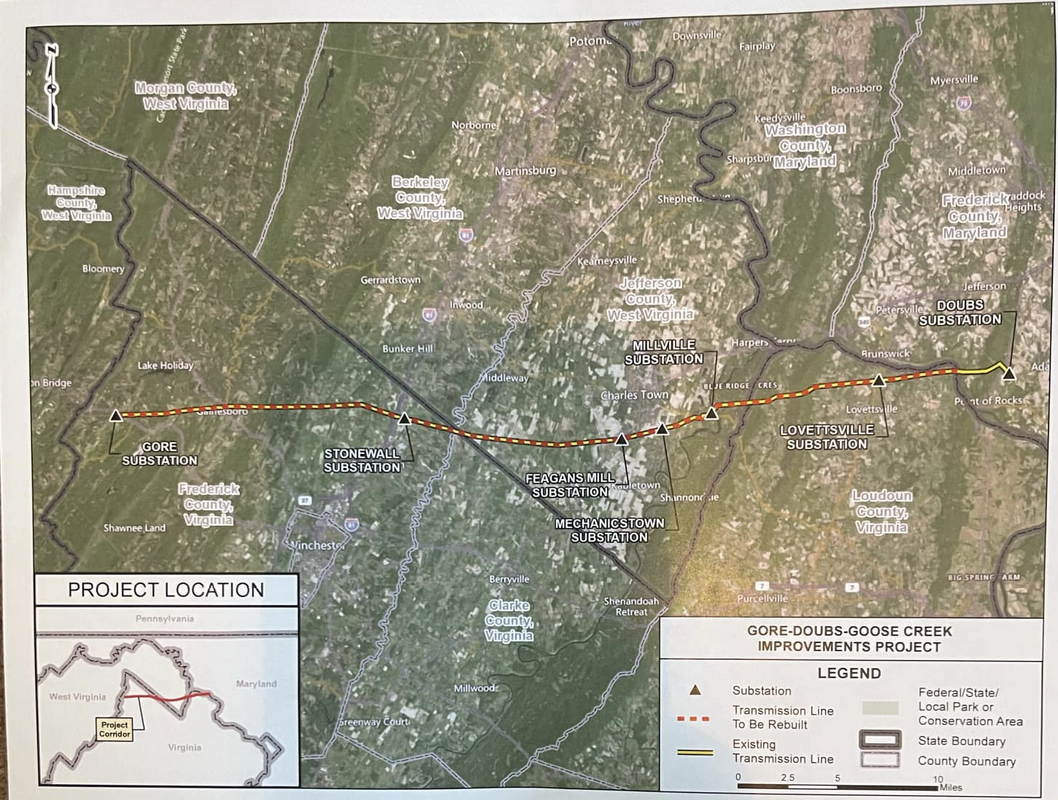
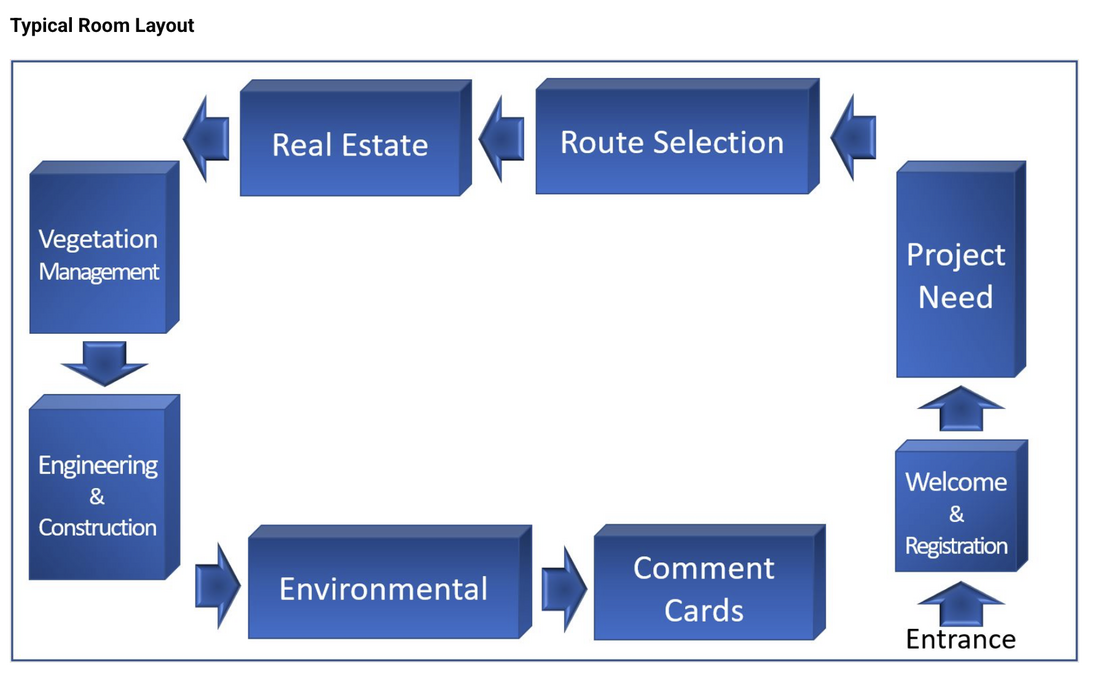
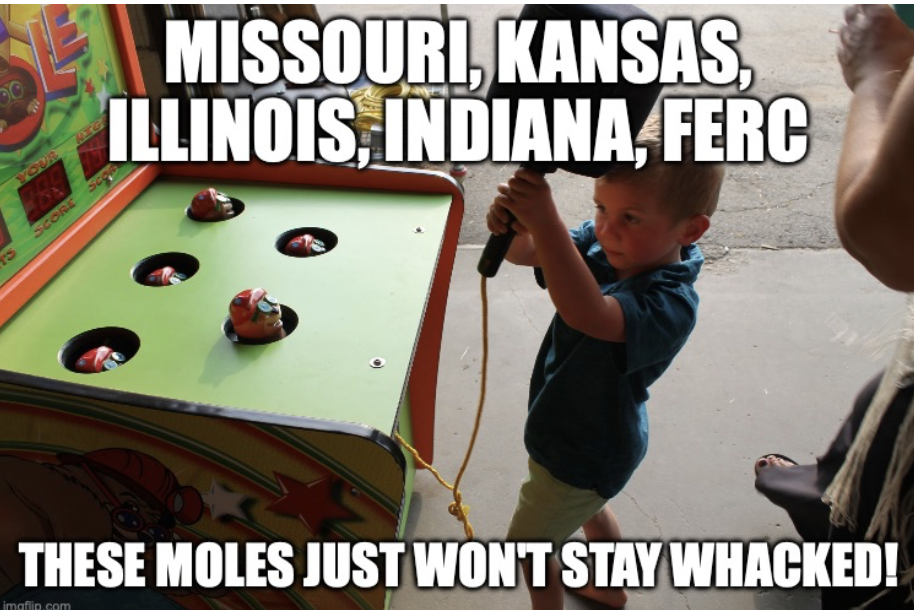
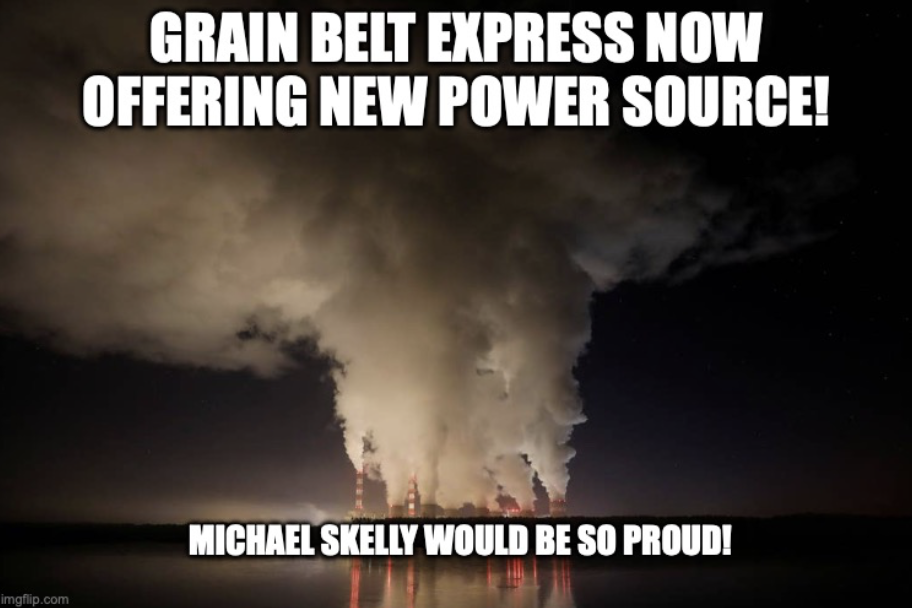
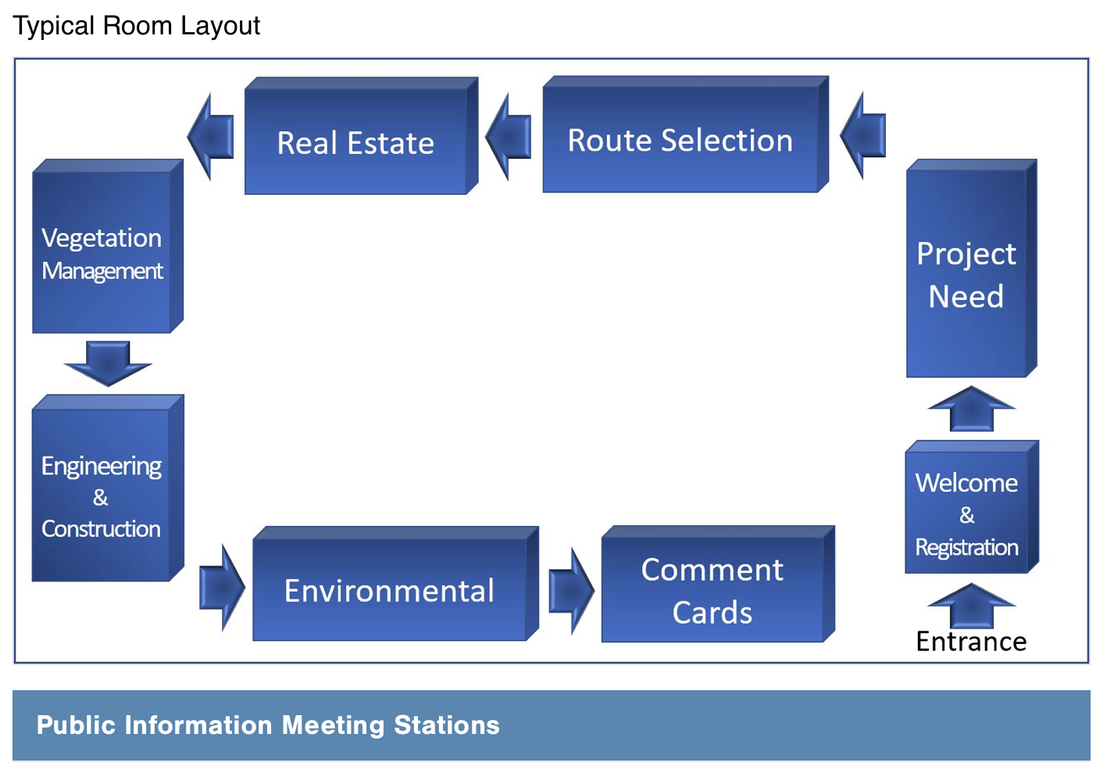
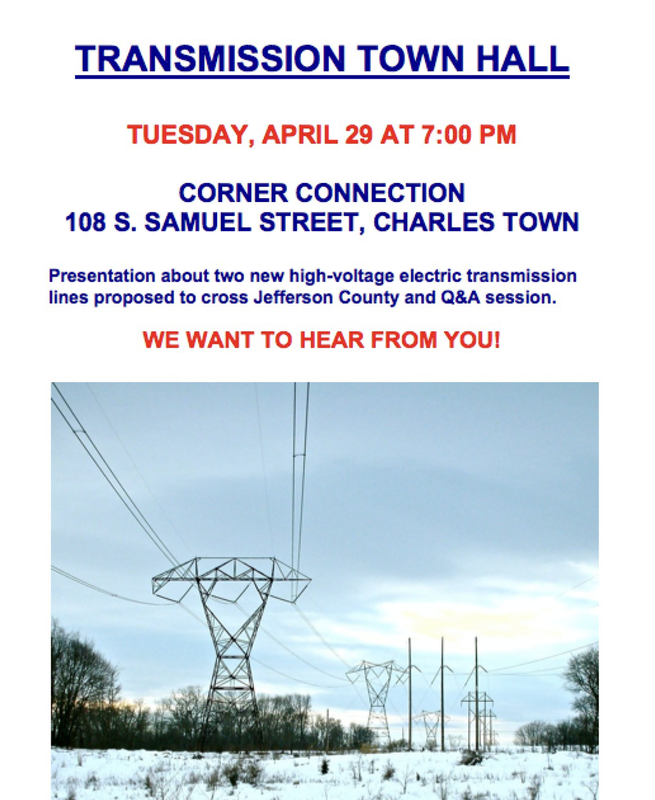
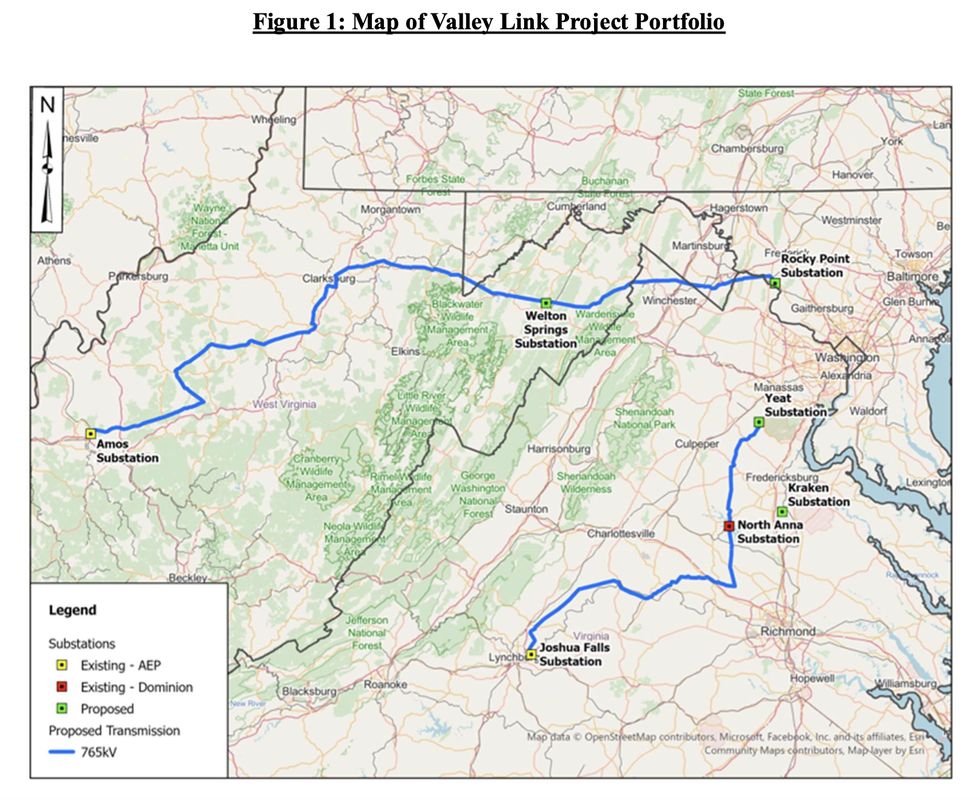
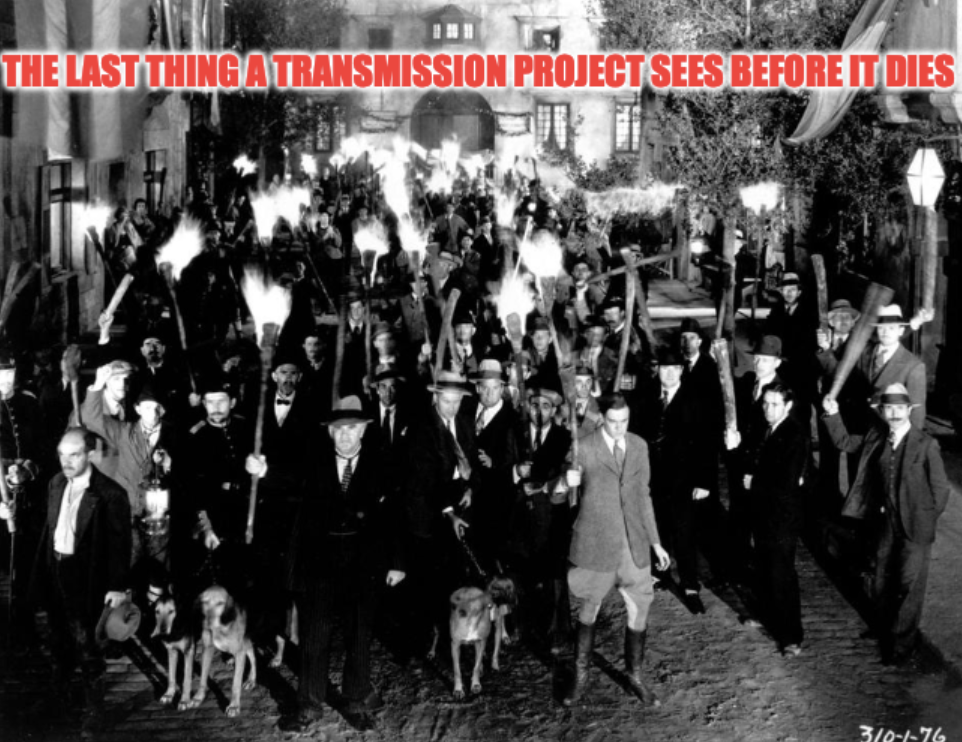
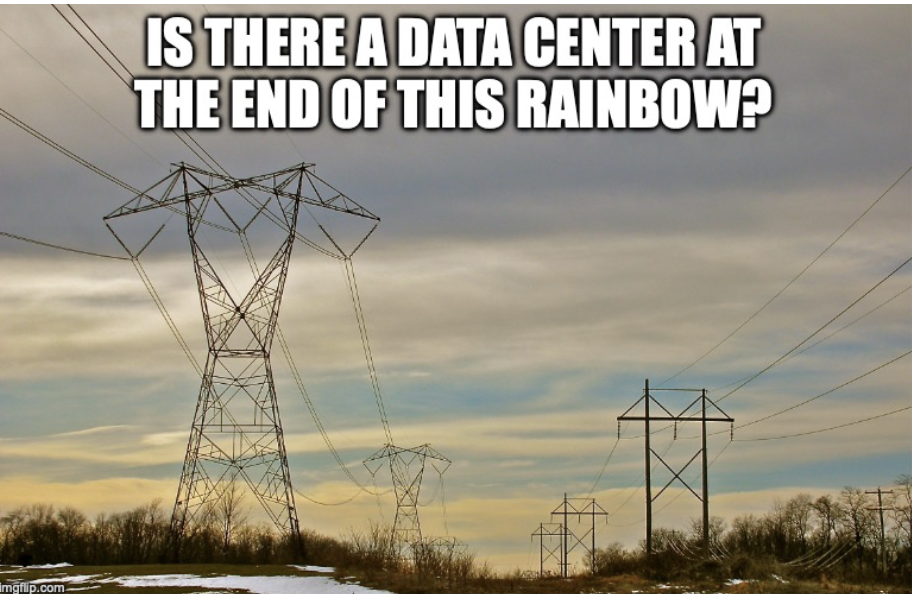
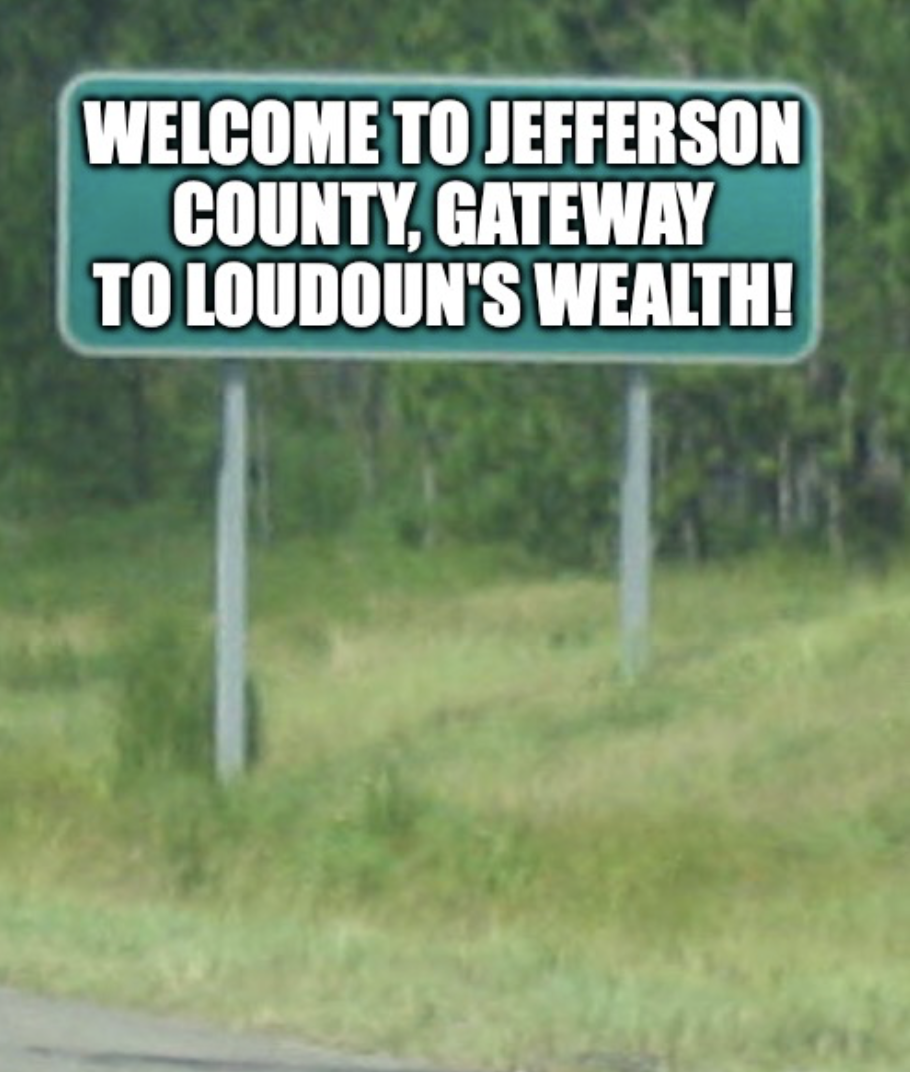
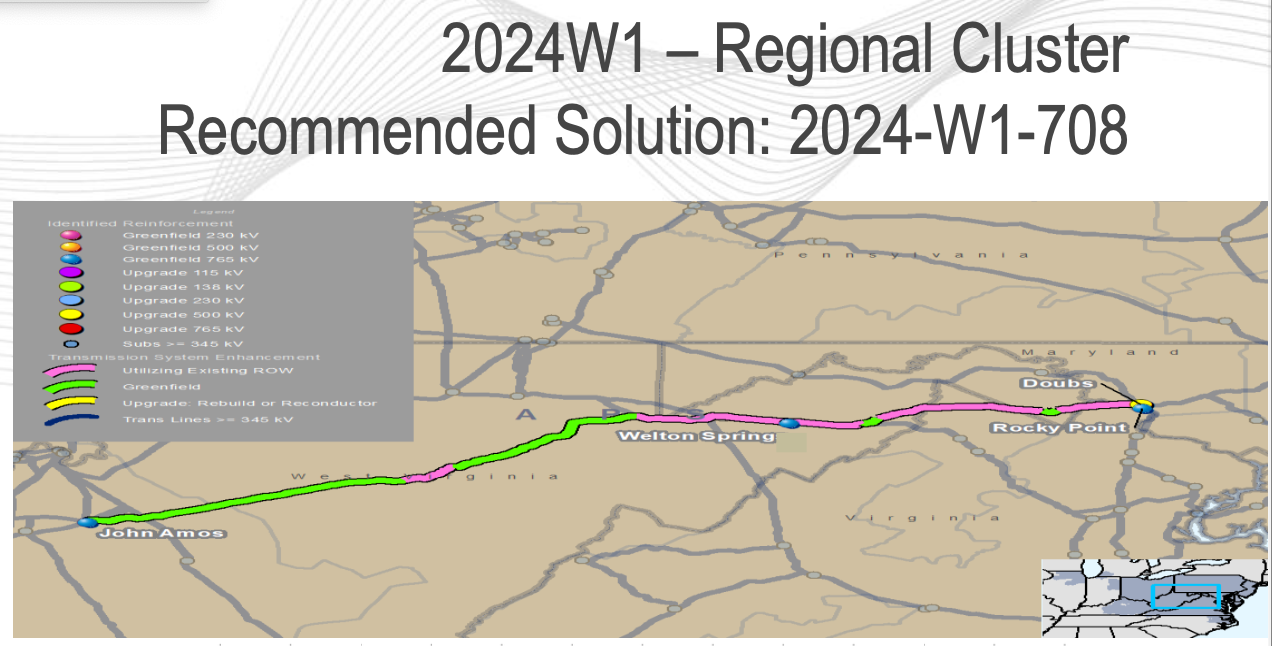
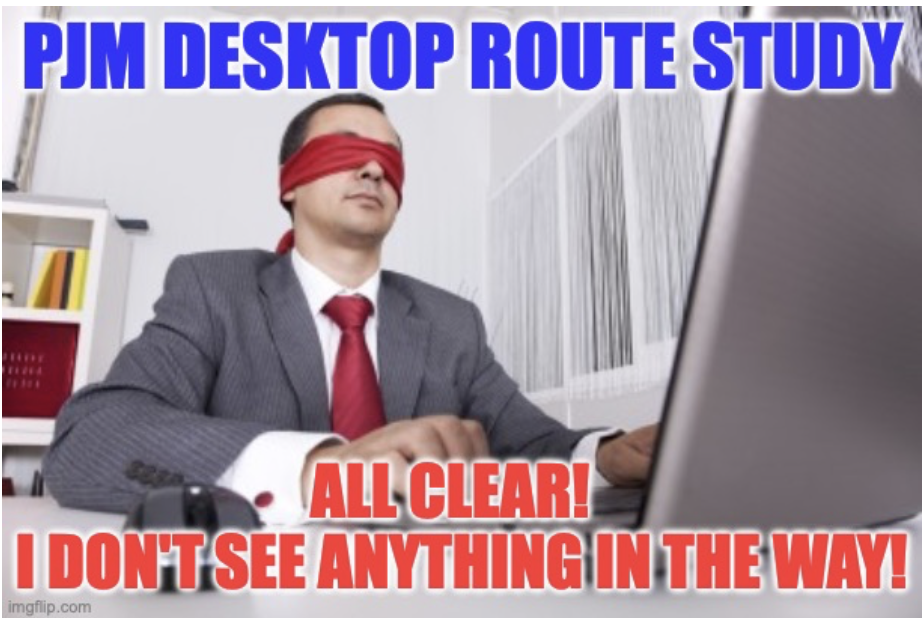
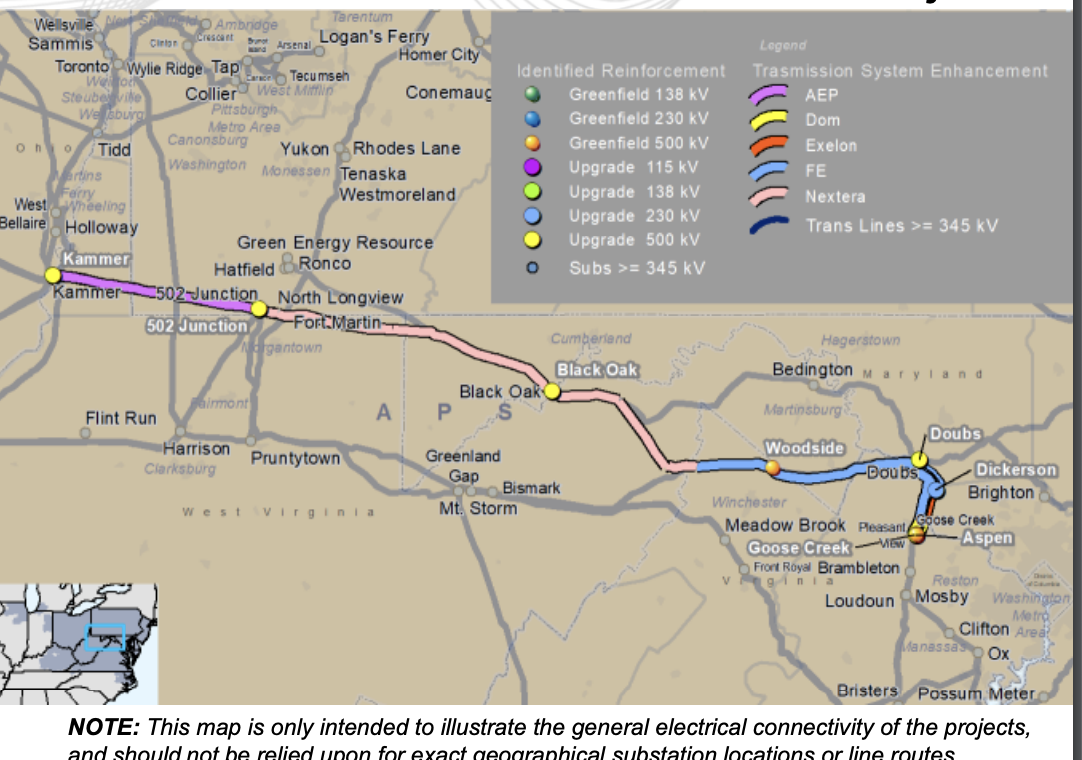
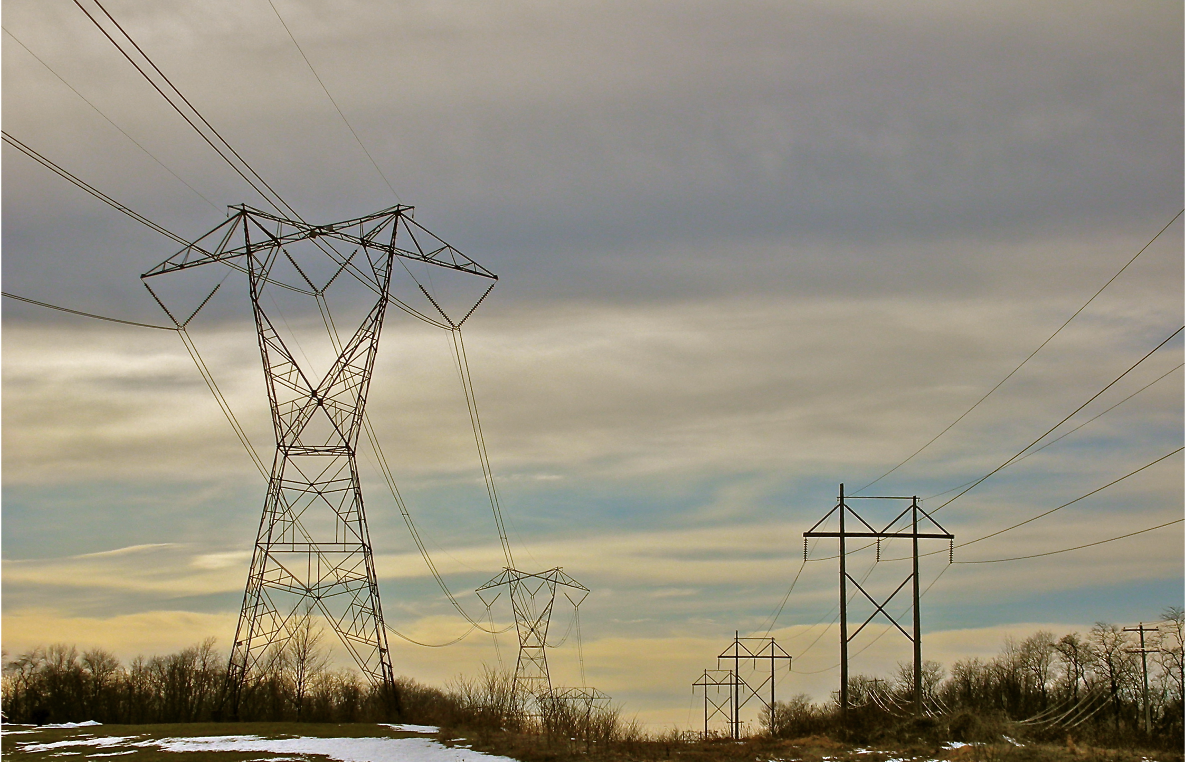
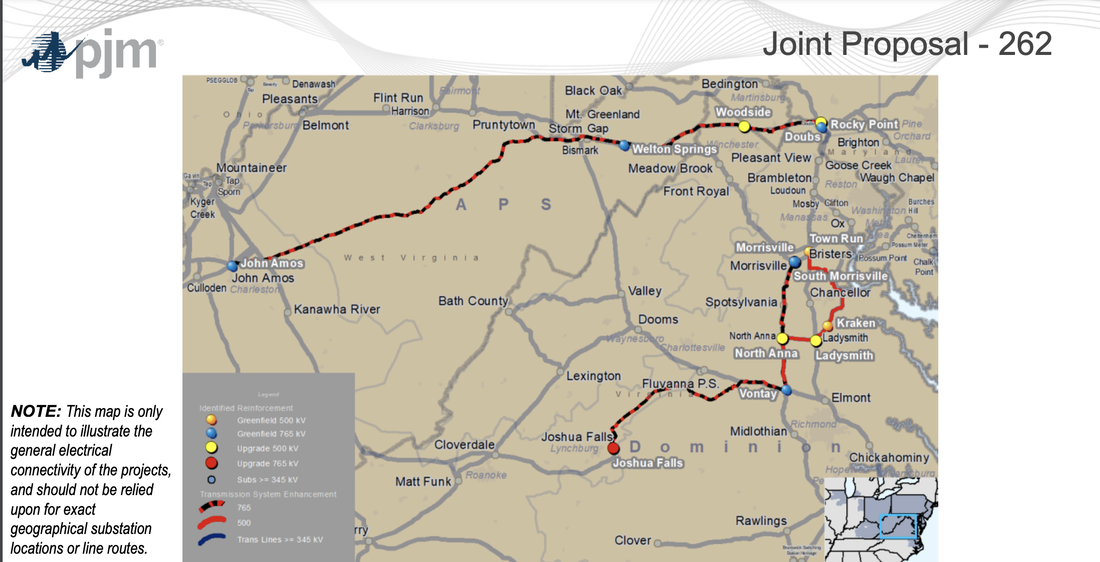
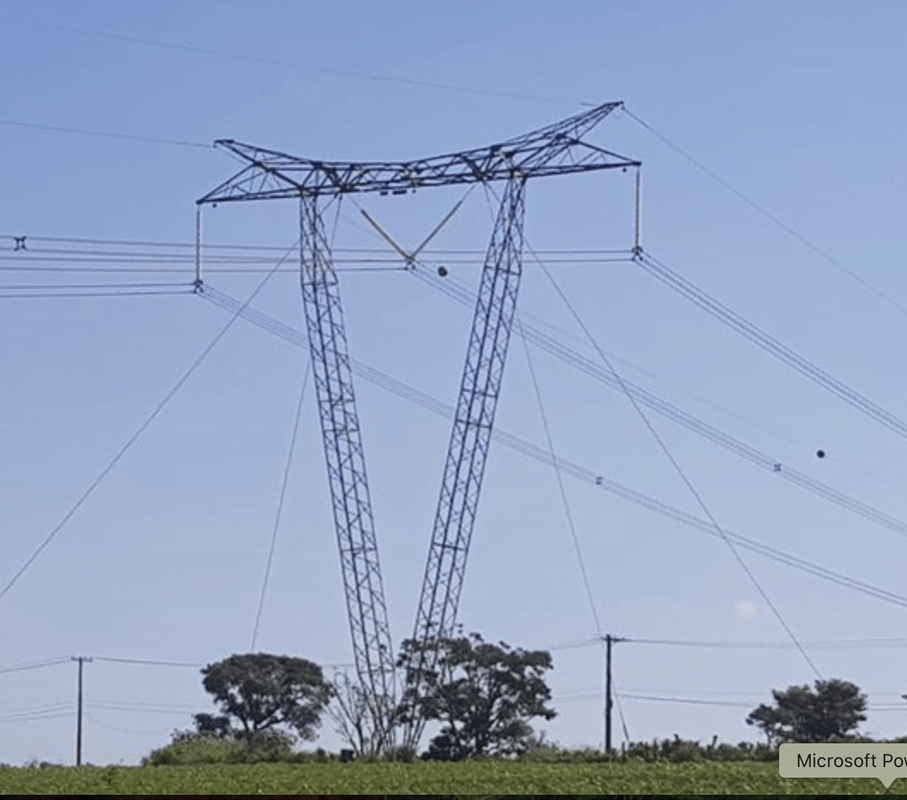
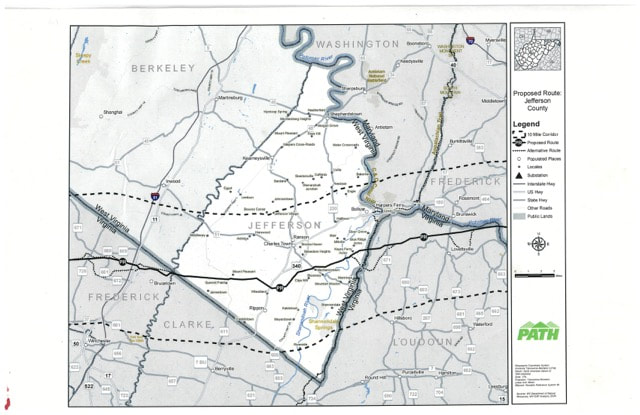
 RSS Feed
RSS Feed